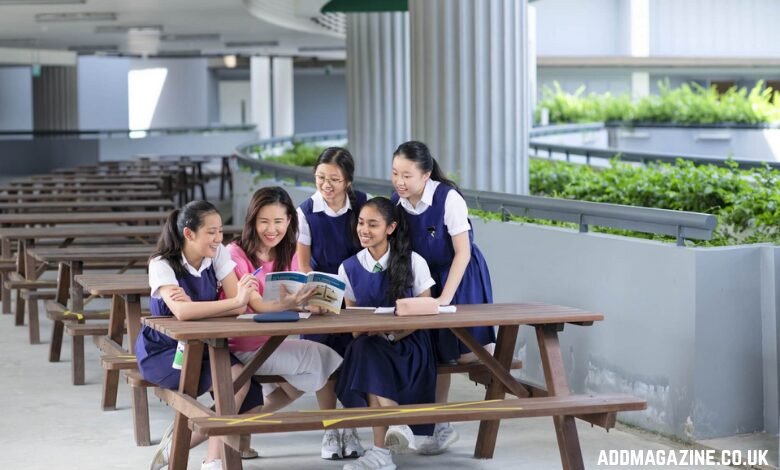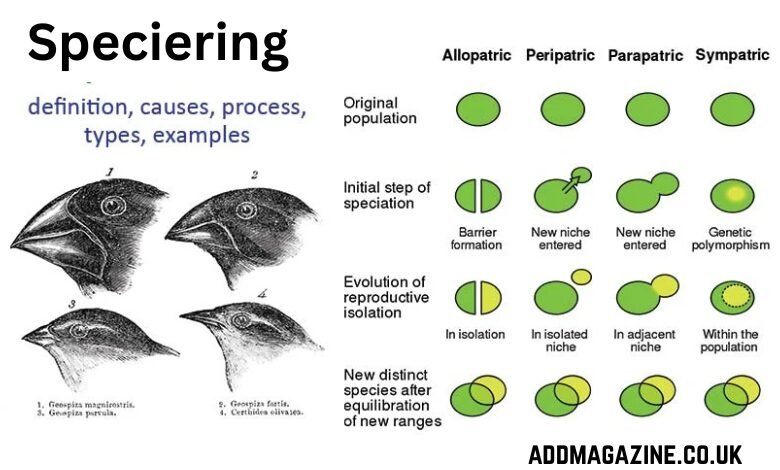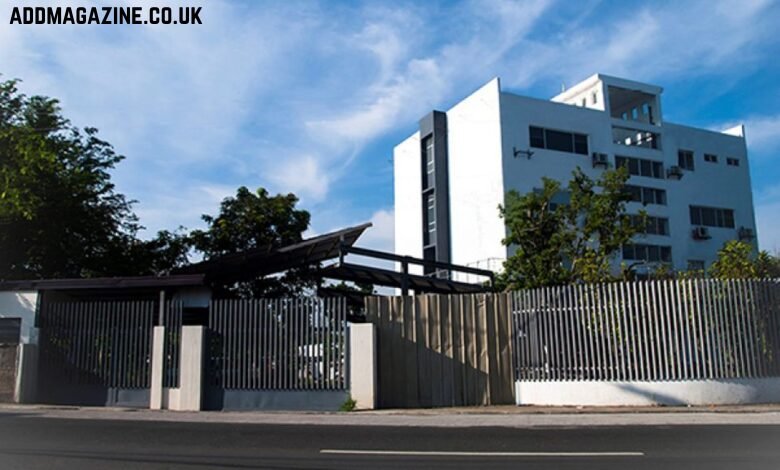Singapore’s education system draws families from across the globe with its structured approach and emphasis on foundational skills. For those eyeing placement in public primary or secondary schools, the Admissions Exercise for International Students—known simply as AEIS—serves as the primary gateway. This process allows non-citizens and non-permanent residents to secure spots in mainstream Ministry of Education (MOE) institutions, typically starting in January each year. Yet, the path involves precise timing, documentation, and preparation, especially since the 2025 intake’s applications wrapped up in early September. Families planning ahead for 2026 or beyond benefit from a clear roadmap to sidestep common oversights. This guide outlines the essentials, framing them as a practical checklist to streamline efforts for relocating households.
The Foundation: What AEIS Entails
At its core, AEIS targets students seeking entry into specific year groups within Singapore’s public schools. Primary candidates aim for levels two through five, while secondary applicants target one through three. No openings exist for primary six or secondary four, as those align with national exams like the Primary School Leaving Examination (PSLE) and GCE O-Levels. The exercise unfolds annually, with tests held in Singapore during September or October, leading to placements the following January.
A companion option, the Supplementary AEIS (S-AEIS), caters to mid-year arrivals in February or March, but it covers fewer levels—primary two to four and secondary one to two. Families often lean toward the main AEIS for broader access. Success hinges not just on test performance but on aligning with Singapore’s curriculum, which prioritizes logical reasoning, language command, and subject mastery from the prior grade. With slots filling quickly, proactive planning marks the difference between seamless integration and repeated attempts.
Qualifying for Entry: Key Criteria to Meet
Eligibility forms the first barrier, demanding a close match between a student’s profile and school expectations. International students must hold neither Singapore citizenship nor permanent residency status. Moreover, they cannot already attend a government or government-aided school locally. Age serves as a strict cutoff, calculated as of January 1 in the admission year:
- For primary two: children aged seven to eight years.
- Primary three: eight to nine years.
- Primary four: nine to ten years.
- Primary five: ten to eleven years.
Secondary levels follow suit:
- Secondary one: twelve to fourteen years.
- Secondary two: thirteen to fifteen years.
- Secondary three: fourteen to sixteen years.
These ranges ensure students fit comfortably without skipping ahead or repeating excessively. Academically, applicants should have completed the equivalent of one level below their target grade in their home system. For instance, a child pursuing primary four ought to have finished primary three elsewhere.
A notable addition since 2024 affects primary hopefuls: they now require a qualifying score on the Cambridge English Qualifications (CEQ) test. This assesses listening, reading, speaking, and writing, with minimum Cambridge English Scale scores varying by level—typically around 120 to 140, depending on the exam variant like Young Learners or A2 Key. Secondary applicants skip this but face a comprehensive English component in the AEIS itself. Passports must remain valid for at least six months post-application, underscoring the need for up-to-date travel papers. Families with dual-nationality children should verify statuses carefully, as any local ties could disqualify them.
The Application Journey: A Phased Checklist
The submission window opens in mid-July and closes in early September, though early action prevents slot exhaustion. Fees stand at $340 for primary and $630 for secondary, inclusive of goods and services tax, and prove non-refundable regardless of outcomes. Payments occur via credit or debit card, or through local options like PayNow. Here’s a sequenced checklist to guide families through the mechanics:
- Assess Readiness and Schedule Preliminary Tests (Primary Only): Begin two to three months prior by booking the CEQ at an authorized Cambridge center worldwide—options include paper-based or computer-delivered formats. Aim for tests from July onward to align results with the AEIS cycle. Review score thresholds on the MOE site to gauge feasibility; retakes are possible if needed, but time constraints apply.
- Establish Online Access: Head to the Singapore Examinations and Assessment Board (SEAB) Candidates Portal at myexams.seab.gov.sg. Create an account using a valid email, following the user guide for verification. This portal handles all submissions, so test login early to iron out technical glitches.
- Compile and Digitize Documents: Gather essentials in digital form—JPEG or PDF for most, with photos in JPEG or PNG at 410 by 514 pixels. Core items include:
- The child’s birth certificate, accompanied by an English translation if originally in another language (certified copies preferred).
- Passport biodata page, confirming at least six months’ validity.
- A recent passport-sized photo against a plain background.
- For primary: The CEQ statement of results (certificates unnecessary). Additional proofs, such as parental marriage certificates or custody papers, may arise in complex cases. Scan at high resolution to avoid rejection.
- Complete the Online Form: Log in during the open period—expect July 28 to September 4 for the 2026 intake, based on patterns. Select the desired level, input personal details accurately, and upload files. Double-check for completeness, as omissions trigger delays. The system generates a reference number upon submission.
- Process Payment and Confirmation: Settle the fee immediately after form approval. An email follows with entry proof, downloadable from the portal. Print multiples for travel and records. This step locks in the test slot, so monitor inboxes closely.
- Arrange Travel for Examinations: Tests occur over two to three days in Singapore—primary math on one day, secondary English and math across sessions. Venues are designated schools; proofs include maps and timings. Families must cover flights and lodging, ideally arriving a day early to acclimate.
- Await Results and Follow Up: Outcomes post online in December, with email notifications. Successful candidates receive school assignments, valid for a reporting window in late December or early January. Respond promptly via the portal to accept, or the spot lapses. Unsuccessful applicants may reapply next cycle or pivot to S-AEIS.
This checklist, when followed methodically, minimizes errors that plague rushed submissions. MOE advises against agents, emphasizing direct handling for accuracy.
Building Momentum: Strategies for Test Day
Preparation extends beyond paperwork, centering on the Singapore syllabus for the preceding level. Primary math draws from topics like fractions, geometry, and data analysis, presented in multiple-choice, short-answer, and open-ended formats. Secondary exams layer English comprehension, composition, and oral elements atop advanced math including algebra and statistics. Timed practice proves invaluable—simulate conditions with past papers from reputable providers.
Families often enlist tutors versed in local standards or join preparatory courses, which dissect question patterns and bolster weak areas. English fluency underpins everything; immersion through reading Singaporean literature or conversation clubs yields gains. Health matters too: ensure vaccinations align with entry rules, and build stamina for full-day sessions. Mock runs at home foster confidence, turning abstract challenges into manageable routines.
Anticipating Obstacles: Practical Resolutions
Relocation brings hurdles like visa uncertainties or curriculum mismatches. English barriers loom large for non-native speakers, yet targeted drills address them—focus on vocabulary tied to school scenarios. Document authentication trips time, so start translations months ahead. Overbooked flights during peak test weeks demand flexible bookings. For rejections, view them as feedback: analyze score reports for targeted improvements. S-AEIS offers a second chance mid-year, though with adjusted syllabi.
Budgeting covers not just fees but prep materials ($50–200) and travel ($1,000+ per family). Community forums, like those on expat platforms, share real-time insights, from center recommendations to packing lists. Persistence pays; many families recount initial stumbles leading to eventual success.
In mapping this course, international households find clarity amid the details. AEIS opens doors to a system renowned for its rigor and opportunities, rewarding those who chart the steps with care. As cycles evolve—check MOE updates for tweaks—staying informed ensures families position their children for thriving starts in Singapore’s classrooms. With deliberate action, the transition from abroad to local learning becomes not a gauntlet, but a calculated stride forward.




